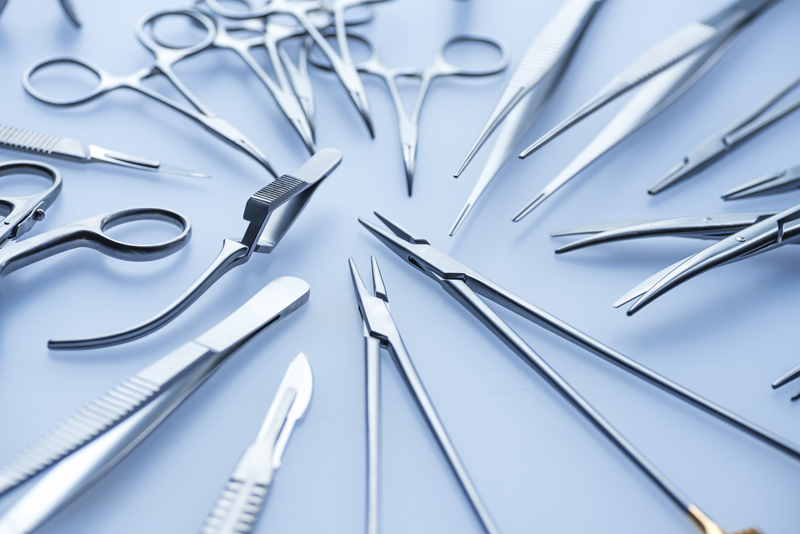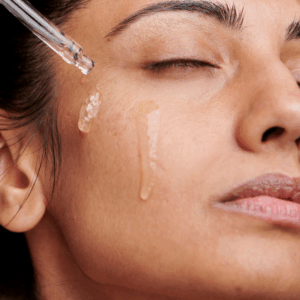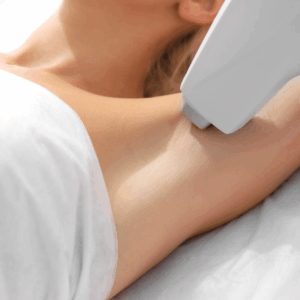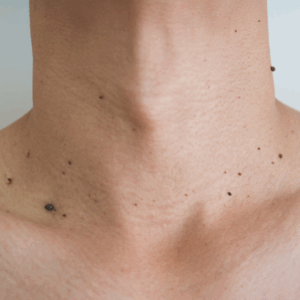
Why Healthy Skin Month Is the Perfect Time to Refresh Your Routine
Healthy Skin Month is here! Discover how to protect your skin this winter and book your skincare consultation today!
Shannon Del Grande is now seeing patients in our Wayne/Chesterbrook office.
Mohs surgery is the gold standard for treating basal cell carcinomas (BCCs) and squamous cell carcinomas (SCCs), providing up to 99% cure rate for skin cancer that has not been treated before and 94% for skin cancer that has recurred after previous treatment. Efficient, precise, and cost-effective, this surgery removes cancerous tissue while leaving the smallest scar possible.
While this article spells out everything you need to know about Mohs Surgery, and we highly recommend you read the full article, here are the key points we will focus on:

When caught early, skin cancer is highly treatable. It is important to perform a skin self-examination once a month to identify early signs of skin cancer. When doing your self-examination, remember the ABCDE rule, which indicates early signs of skin cancer:
To start, stand in front of a full-length mirror and look at the skin on your face, ears, neck, chest, stomach, arms, underarms, palms, back of your hands, fingers, and skin under your fingernails. Next, examine your shins and thighs, the tops of your feet and toes, and the skin under your toenails. Lastly, use a hand mirror to check the skin on the back of your thighs, calves, and bottoms of your feet, as well as the skin on your genital area, buttocks, upper back, lower back, ears, neck, and scalp.
During your self-examination, you may choose to record suspicious spots on a body map to keep note of any changes from year-to-year. You can show this map to your doctor during your annual physical. If you notice a mole that is different from your other moles, please book an appointment to see your dermatologist.
At Bryn Mawr Dermatology, skin cancer patients can rest assured that they are receiving the most competent, high-quality treatment. With extensive experience in cosmetic dermatology, our dermatologists perform each Mohs procedure with minimal scarring, ensuring the best surgical and cosmetic outcomes possible for our patients.
If you have a question about Mohs surgery, please Request an Appointment with one of our specially trained Mohs surgeons. During your consultation, a Bryn Mawr surgeon will evaluate your concerns and determine an ideal treatment plan for your specific case.
Get started today by calling our dermatology team at (610) 525-7800 or easily book an appointment online. We look forward to caring for you!

Healthy Skin Month is here! Discover how to protect your skin this winter and book your skincare consultation today!

Celebrate Skincare Awareness Month by making your skin health a top priority. Discover expert tips and book your appointment today!

Do you want to fade acne scars, smooth wrinkles, or remove unwanted hair? Learn how laser skin treatments can help!

Give your skin a much-needed reset this back-to-school season. Book your full-body skin check with Bryn Mawr Dermatology today.

Ready for a skin reset? Refresh your glow after summer with expert care and treatments at Bryn Mawr Dermatology. Book your appointment today.

Is that bump a wart or a skin tag? Learn how to spot the difference, and when it’s time for treatment your next treatment.

By: Bryn Mawr Dermatology, Published: Nov 24, 2021
Medically Reviewed By: Christine Stanko, MD, FAAD – June 25, 2024
For COSMETIC APPOINTMENTS:
For MEDICAL APPOINTMENTS: